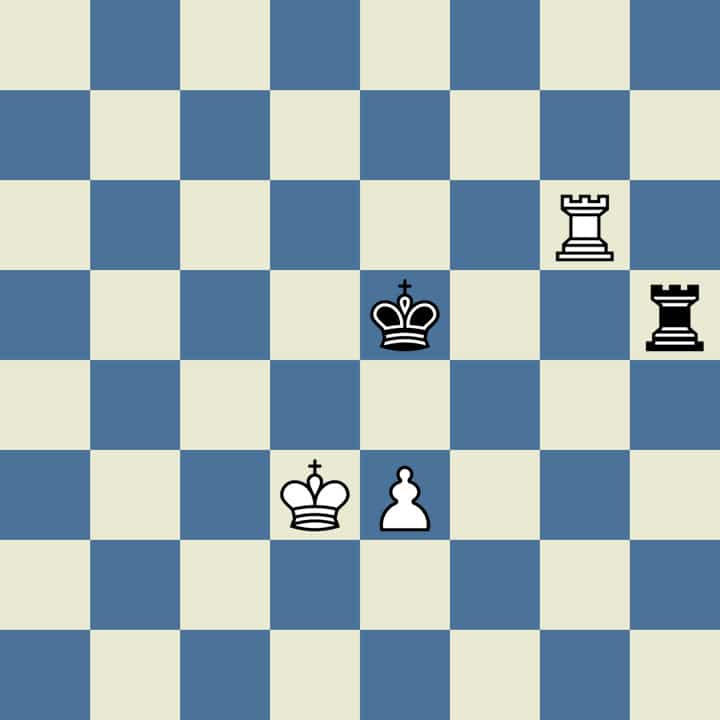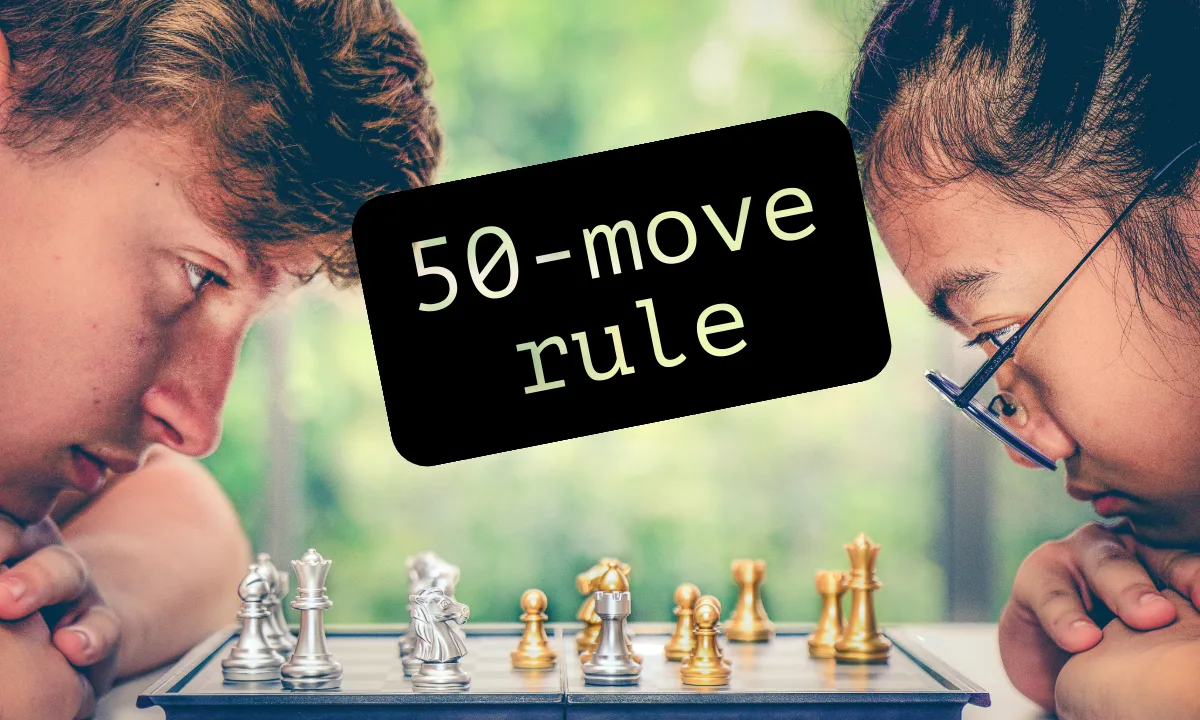Ever wondered what truly separates a good film from a cinematic masterpiece? The answer often lies in understanding and applying the fundamental "5 movie rules," a cornerstone for both filmmakers and audiences seeking a deeper appreciation of the art form.
The "5 movie rules" framework, sometimes referred to as "the 5 movie rules com framework," offers a crucial lens through which to examine the intricacies of modern cinema. These rules serve as guiding principles, not rigid constraints, allowing for creative expression while maintaining a level of narrative coherence and audience engagement. For filmmakers, they provide a structure to build compelling stories. For viewers, they offer a framework to dissect and appreciate the deliberate choices made in crafting a film.
| Aspect | Details |
|---|---|
| Concept | Framework of five fundamental principles guiding cinematic storytelling. |
| Purpose | Aids filmmakers in crafting compelling narratives and helps audiences appreciate film intricacies. |
| Application | Used in film production and critical analysis to enhance storytelling and audience experience. |
| Key Areas | Plot structure, character development, visual storytelling, thematic relevance, and audience impact. |
| Relevance | Essential for filmmakers and enthusiasts to thrive in the evolving film industry. |
| Impact | Enhances narrative coherence, audience engagement, and overall cinematic quality. |
| Further Resources | General information on 5 movie rules |
The year 2024 finds the film industry at an interesting juncture. Technological advancements, shifting audience expectations, and the constant evolution of storytelling techniques are reshaping the landscape. In this dynamic environment, understanding and embracing these "5 movie rules" becomes even more critical for filmmakers, producers, and cinema enthusiasts alike.
- Terry Carter Life Loves Battlestar Galactica Legacy Revealed
- Freehit Watch Live Cricket Sports Streaming Online Guide
Consider the recent Telugu film, "Rules Ranjan (2023)," starring Kiran Abbavaram, Neha Shetty, and Meher Chahal, directed by Rathinam Krishna. While specific application of the "5 movie rules" to this film would require a detailed analysis, the framework itself provides a useful lens for understanding its narrative choices and overall impact. Many streaming platforms such as Movierulz, which provides news, reviews, and updates on Telugu, Tamil, Hindi, and English movies and TV series. offer options to watch now or download for later viewing. The "5 movie rules" can therefore be a companion for film analysis.
Beyond the realm of filmmaking, the concept of well-defined rules and frameworks extends to various other fields, including the world of competitive chess. Interestingly, chess also has well established rules. In the intricate game of chess, for instance, the "50 move rule" plays a crucial role in preventing endless games and ensuring a decisive outcome. This rule, formally recognized in the FIDE (Fdration Internationale des checs) handbook, specifically Article 9, Section 9.3, states that a player may claim a draw if the last 50 moves have been completed by each player without the movement of any pawn and without any capture. There is also a 75 move rule that comes into effect without a claim from the player.
The purpose of the "50 move rule" in chess is to avoid situations where neither player can realistically achieve a checkmate, leading to a prolonged and ultimately unproductive game. It ensures that a game is brought to a conclusion even when a clear path to victory is absent. The procedure for claiming a draw under the "50 move rule" is specific: the player having the move must write their move on their scoresheet (or enter it electronically) and declare their intention to the arbiter to make that move, which will then result in the draw. The player having the move must make this formal claim. If the requirements for the rule are met, the game is then declared a draw, stopping the game.
- Breaking Dog Treat Recall Is Your Brand On The List
- 911 Pickup Lines Dark Humor Or Disaster Explore Now
However, it is worth noting that the "50 move rule" is not universally applied. It primarily governs formal chess competitions and may not be enforced in casual games or online play. Despite its relative rarity, the "50 move rule" can be a valuable tool for players facing a strategically deadlocked position. Some chess players see the 50 move rule as an essential component of the game as it abruptly ends the game if necessary. Others think that the rule is fine as is.
The application of the "50 move rule" can be particularly relevant in situations where a draw is strategically advantageous, for instance, securing prize money that would otherwise be lost with a defeat. In such cases, a player might intentionally steer the game towards a position where the rule can be invoked, effectively salvaging a draw from a potentially losing situation. I've personally used the "50 move rule" two or three times in my chess playing career. It's pretty rare, and you have to be on your toes to get the moves in before the clock runs out. I just pulled this off with a player that was rated 1400+. I wasn't sure why he made me do all 50 moves; Rook+king vs rook+king is usually a draw anyway. Even if the clock ran out it would have been a draw.
The parallel between the "5 movie rules" and the "50 move rule" in chess, although seemingly disparate, highlights the importance of frameworks and guidelines in various domains. Just as the "5 movie rules" provide a structured approach to filmmaking, the "50 move rule" offers a mechanism for resolving stalemates in chess. Both rules serve to enhance the overall experience, whether it's the appreciation of cinematic storytelling or the strategic depth of a chess game.
Yesterday, I encountered an issue on chess.com where the live chess platform did not correctly handle the "50 move rule." This demonstrates that even established rules can be subject to technical glitches or misinterpretations. I discovered a bug as there were at least 50 moves played without any pawn move or piece sacrifice, the game didn't automatically end with draw! Here is the game I played 115 moves.
According to the most recent version of FIDE's laws of chess, Section 9.3 states (emphasis mine): "the game is drawn, upon a correct claim by a player having the move, if: 9.3.1 he/she indicates his/her move, which cannot be changed, by writing it on the paper scoresheet or entering it on the electronic scoresheet and declares to the arbiter his/her intention to make this move which will result in the". This formal declaration is necessary to invoke the rule.
In the digital realm of online chess platforms, claiming a draw under the "50 move rule" often involves a simple click. On the screen for that game, just below the notations box, there will be text for you to click on that says 'claim game'. Click on that to claim the draw. These digital interfaces streamline the process, making it easier for players to assert their rights under the rule. However, as my experience on chess.com shows, glitches can occur, underscoring the importance of vigilance and accurate rule implementation.
The principles of setting rules also apply to other digital platforms. For example, to use the "5 movie rules" right away, select the run this new rule now on messages already in the current folder checkbox, and then select ok. The message now appears in that folder. Also, one can create a rule from a template in classic outlook for windows. Select file > manage rules & alerts > new rule. For example, to flag a message:
Beyond the "50 move rule," chess also incorporates other rules that contribute to the integrity and fairness of the game. The "touch move rule," for example, dictates that if a player deliberately touches one of their pieces, they must move that piece if a legal move is possible. This rule ensures that players carefully consider their moves before making physical contact with the pieces. Why is the touch move rule important? The touch move rule guarantees that players have to use their visualization skills while playing a game. Because of this rule, the player who can mentally move pieces inside their head without having to move them physically has an advantage. Since the touch move rule is adopted everywhere, chess players need to keep this rule in mind.
Recently, I was helping organize a chess club, and during the first game, my opponent claimed a draw based on a "21 move rule," which I had never heard of. He looked it up and said it was a real thing! I only know about the "50 move rule," and as far as I'm aware, there is no way I can win with p+k vs k if there is a "21 move rule." This highlights the importance of verifying the accuracy of rules, particularly in informal settings.
The "5 movie rules rules" of 2024 continue to shape how films are made and received. Whether it's understanding cinematic storytelling or navigating the complexities of chess, rules and guidelines play a crucial role in enhancing our experiences and ensuring fairness and integrity.
- Shane Harper From Disney Star To Relationships Net Worth
- Your Guide To Live Cricket Streaming Tv Schedules


